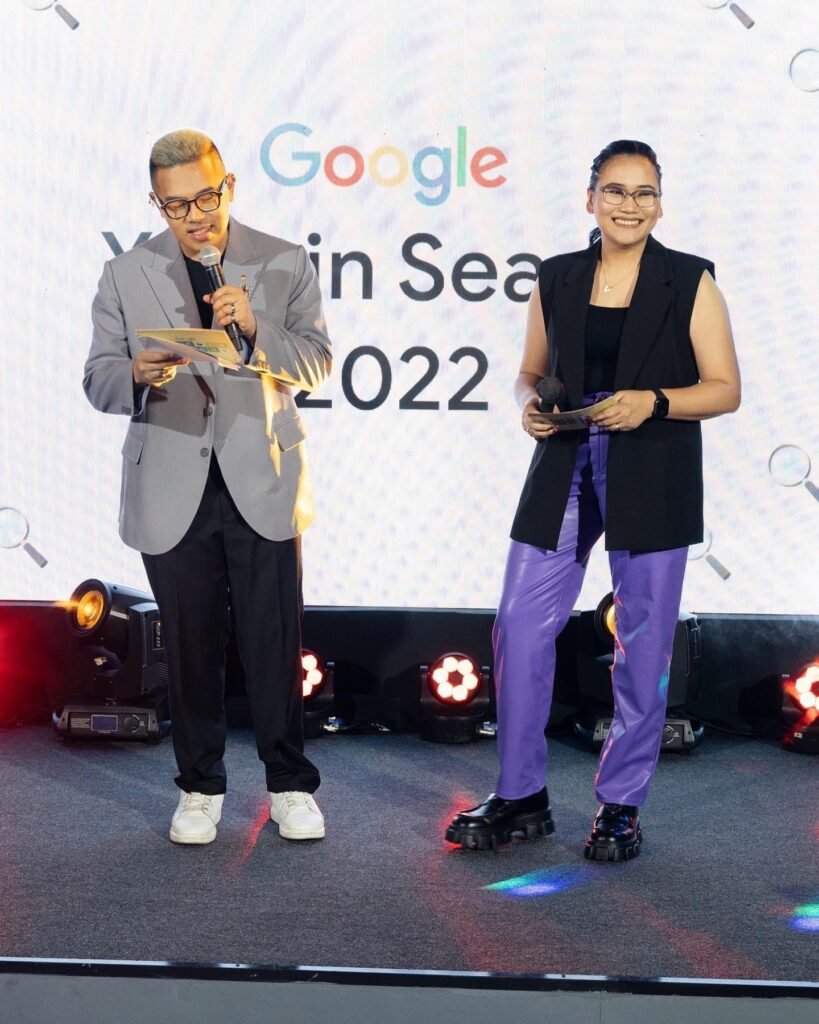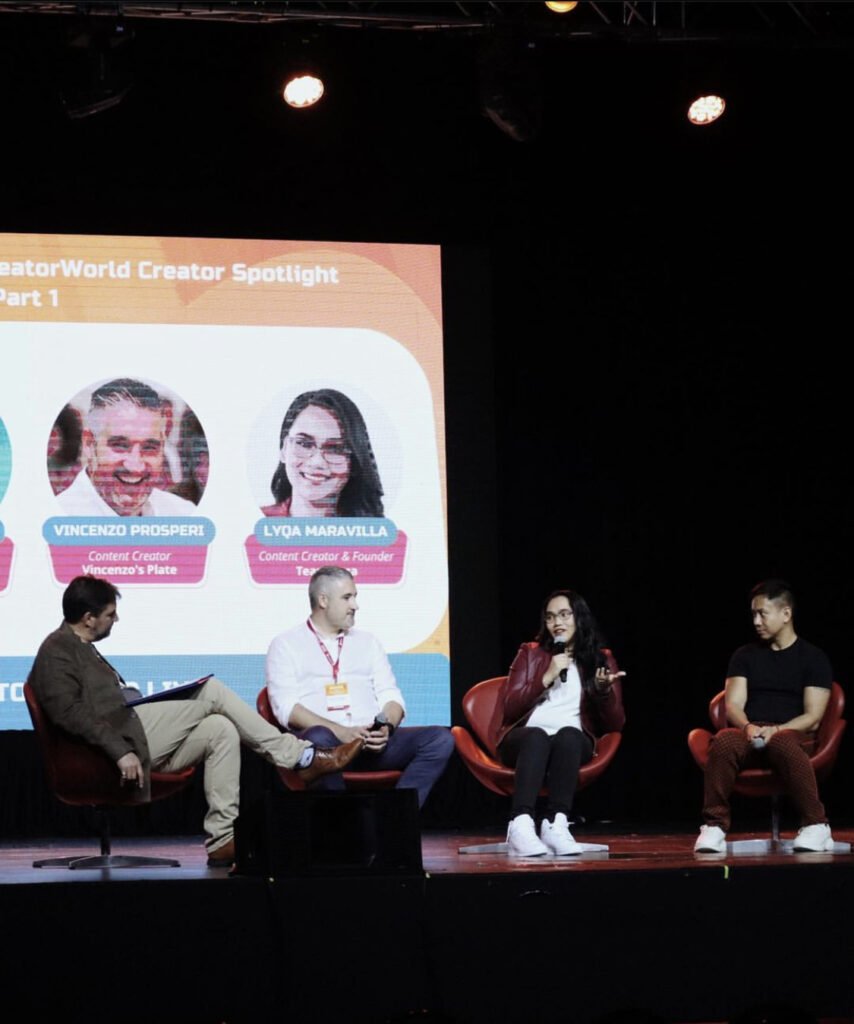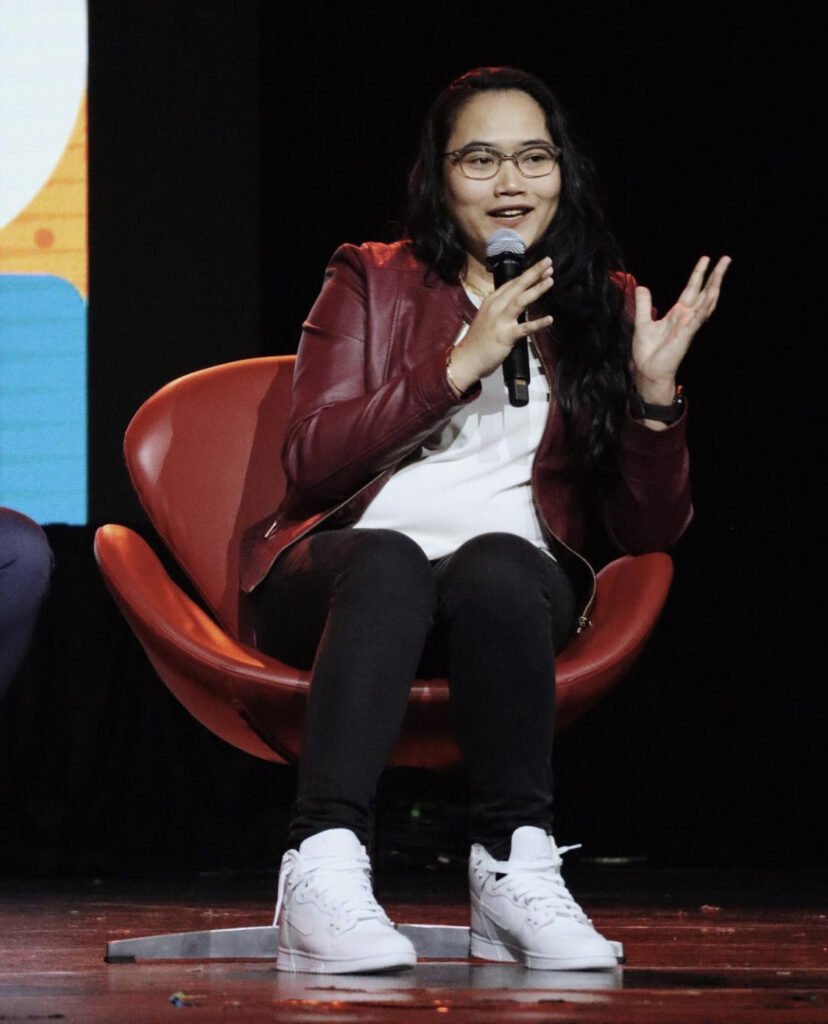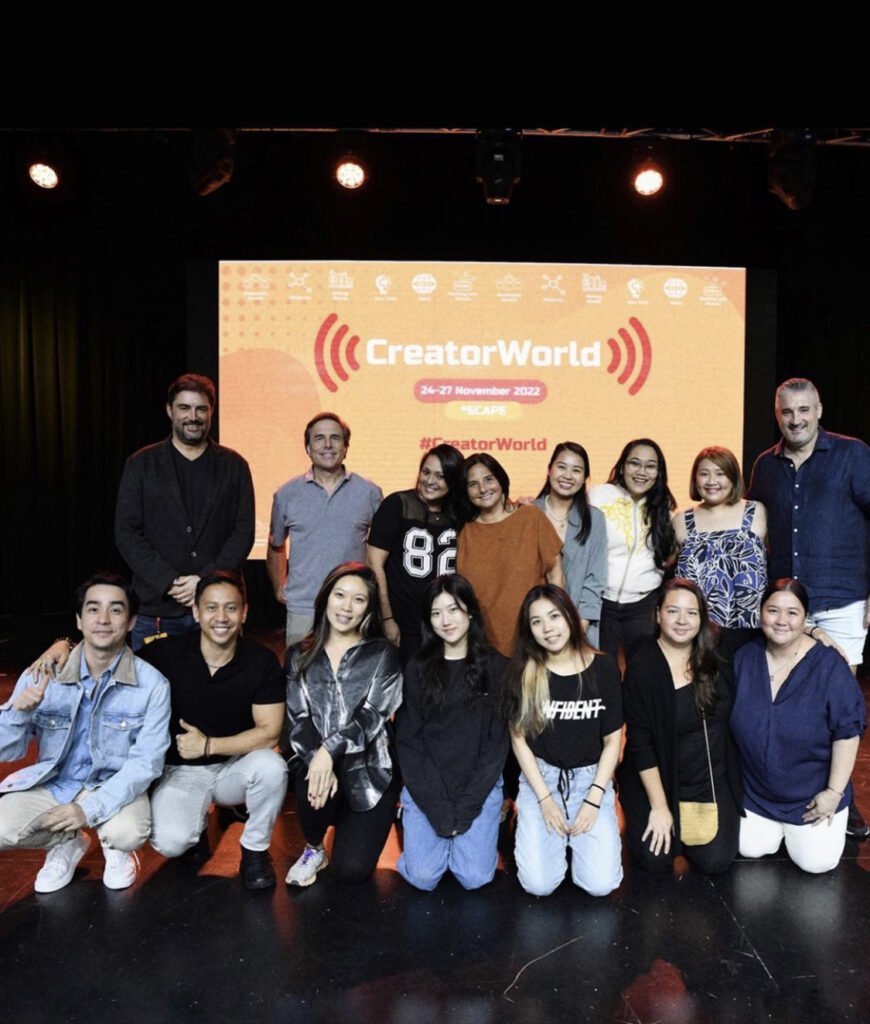Introduction Patrick Kasingsing and Gabrielle de la Cruz
Interview Gabrielle de la Cruz
Images Lyqa Maravilla
The year that was
Merriam-Webster’s “gaslighting,” Messi’s ‘crowning’ at the FIFA World Cup, the rise (and imminent fall?) of Musk-era Twitter, the monumental departures of Queen E and Pélé, and the continuing turbulence in Ukraine and Iran… 2022 sure was a memorable ride, for better or worse.
On local shores, 2022 hosted a significant election, one whose outcome is still the subject of myriad Facebook groups, heated debates, and countless memes. It also broke records for dollar-to-peso exchange rates and the price of the humble onion, and paved the way for the return of concerts, exhibits, and other public gatherings (along with the pre-pandemic traffic situation, unfortunately).
It is in the spirit of tenacious optimism that we at Kanto look back at 2022, parsing through the past year’s opportunities and challenges to find lessons and insights that can help arm us for the year ahead.
YES 2023
Welcome to Kanto’s first Year End Special or YES 2023—a collection of conversations with creative professionals who help us unpack a year’s worth of lessons and insights, along with their forecasts and wishlists for the year ahead.
A conversation with content creator Lyqa Maravilla
In this YES 2023 interview, we explore the digital space with content creator and motivational speaker Lyqa Maravilla, who talks about some of 2022’s social media trends and what lessons from these can be used to navigate through the virtual world in 2023. Lyqa Maravilla, fondly known as “Coach Lyqa,” is a registered psychometrician who is known for creating educational content on the platforms YouTube and Tiktok. Most of her videos focus on helping students get through their Math and English lessons, allowing her to gain millions of followers across her platforms.


Hi Ms. Lyqa! Nice to talk with you again after the LIKHA Summit. Is there something in the digital space that recently caught your attention?
Hello Gabbie. Thank you so much to you and Kanto for asking me to be a part of your YES2023 special.
There’s this funny line that is being used by many people across the internet. I know it’s meant to be a joke, but I find that there are a lot of interesting discussions that can be taken away from it. It’s the line “dapat hiwalay ang Facebook ng matatanda” (“there should be a separate Facebook for older people”), which I am pretty sure you have already come across more than once.
This line says a lot about the current climate in the digital space, where there seems to be a lot of division. I posted a poll on both Twitter and my community. More than 80% of people on Twitter said that they agree with the statement, while around 55% of people in my community agreed. I am personally happy with the result of the poll in my community as I am leaning towards disagreeing with a statement. I believe that there is strength in diversity—if we look at it, some online discussions would not have even happened if older people’s Facebook accounts were separate from ours. I find that there really is room for education and that we can teach everyone digital literacy.
Back then, it wasn’t much of a problem because older people didn’t want to engage with social media. It was during and after the pandemic that many of them were able to explore and have their personal accounts. I find that their insights also feed on the different conversations online and that their reactions are as valuable. Having this diversity reveals a lot about the difficult conversations we need to have in terms of the online world.
I believe that we should engage with older people on social media. I personally have older people following me and I am glad whenever I get to educate, inform, or sometimes even debate with them. These are all important for the digital ecosystem.
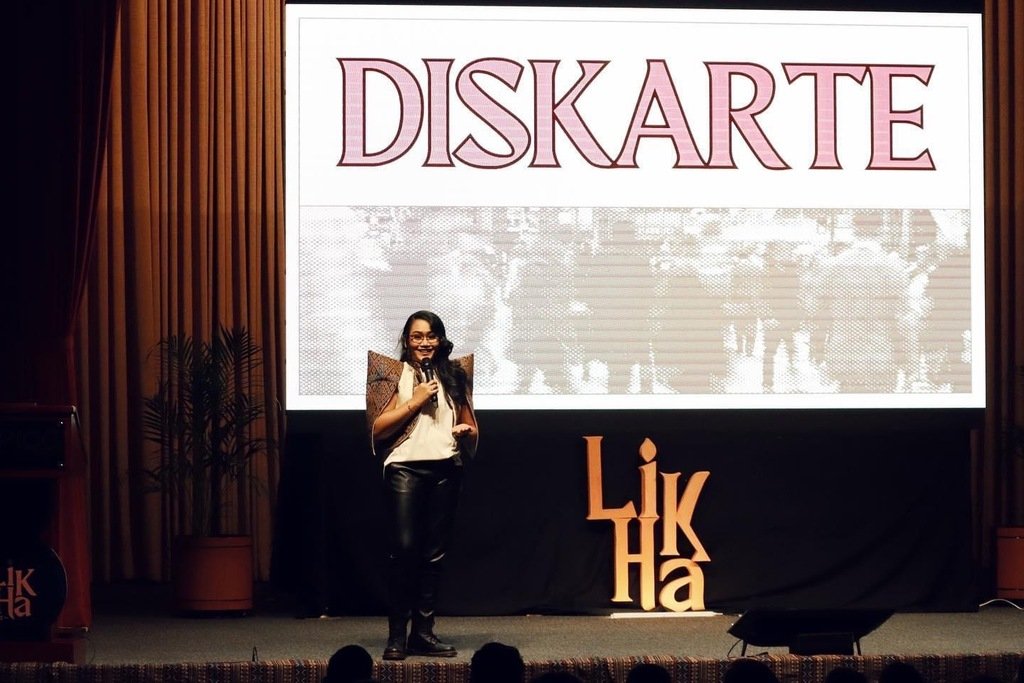

How would you describe the digital ecosystem in 2022?
I co-hosted Google Year in Search with Tiktok content creator Baus Rufo a few weeks back. From this, I would say that 2022 was a year of reemergence, a year of discovery. A year that told us what the next chapter of all our lives would look like. You know how in zombie, apocalyptic, or sci-fi movies, there’s always this shot at the end where they reemerge out of their hiding place and they see that the world is different? That’s what 2022 was like because the world slowly opened up.
What this means for social media is that the upward trend that it experienced during the pandemic or between 2020 to 2021 started to go down. People are back to living their lives outside of the digital space. There were fewer users, shorter watch times, and basically less online activity. It was honestly quite easier during the pandemic because it was about quantity, those who posted more videos and content easily found their way to people’s feeds. The challenge now is to create quality content that will really appeal to users. I’m personally excited about this as it makes content creators rethink what value they want to add in the digital space and what content can they produce to keep engaging more people. It challenges us to be better content creators.
Speaking of content creators, are there any social media personalities, trends, or developments that stood out for you this year?
I think there is one development that really stood out for me. People are now realizing that the numbers on social media do not necessarily translate to building a receptive community offline. There was this running news about how there are certain content creators, specifically Tiktok creators, who have millions of followers online but when they set up a booth at an event or convention, not many people would come to meet them.
I don’t mean to throw shade at anyone. But what this really means is that there is a huge difference between someone viewing and liking your content versus someone who is invested or is actually a part of your community. Audience retention and attention are different from conversion. Community-building is an underrated part of the digital space, but it’s actually what determines the depth of the influence you have.
Not all your followers will show up for you and want to make time for and spend time with you. I’ve had my own fair share of meet-and-greets and this fact always scares me. We all need to rethink success as more than numbers or reach. What relationships do we have within our community? Is our voice strong enough to influence real-life behaviors?
What about worrying developments? Is there any activity on social media that you would want to stop?
I’ve spoken about this before. I hope people will take it with a grain of salt. It bothers me how people take random videos of other people and just post them without consent. This includes teachers taking videos of students dancing, whether it may be for a project or just for fun. We cannot deny that there are certain dance steps that are suggestive. The sad part here is that posting something on social media means that you will have no control over who will see it.
We cannot deny that there are predators out there. These videos can find their way into the hands of individuals with bad intentions. I hope that these videos will stop and that teachers, and even parents, will realize that they should be the ones protecting their children and not necessarily exposing them to situations that can be dangerous.
It also makes me sad that situations like this open up a lot of opportunities for kids to have access to platforms that they shouldn’t be exploring yet. I’m a lot scared about what will happen to kids who learn that certain things you do online get you more likes, as we all know that more likes create a certain dopamine rush. What kind of behaviors will be intensified in the future?
@lyqamaravilla How to be a #lifelonglearner Thanks for the prompt, @Chris Do #MotivationalMinute #motivation #learning
♬ original sound – Lyqa Maravilla, RPm – Lyqa Maravilla, RPm
The power of digital space is indeed a double-edged sword. How can we make it safer for everyone?
We need to fill the digital space with educational and meaningful content. Creating educational content has always been the best thing for me. It has also become a bit of a trend, as there are so many people out there creating content about what they know. You have people in the medical industry creating videos about health, debunking myths, and more.
I would call this “digital apprenticeship.” Young people can see what a professional does on a daily basis and what knowledge they hold. It helps them see an entire world of career options available to them.
How can we encourage more people to create educational content?
Recently, I attended CreatorWorld in Singapore, a gathering of content creators from all over Asia Pacific. I’ve been to conventions where a single platform host the event, but this was a gathering of content creators across different platforms and even content types.
This event made me realize that the kind of content we produce here in the Philippines is actually quite competitive. Some people asked me questions and it was such an honor. The Philippines is top of the list in terms of content usage, but this shows us that we can also be one of the top content producers. Some foreign investors are even interested in helping us saturate content. There is also an entirely different and separate conversation about creating content and impact across different platforms. We can all take part in making the digital space a safe place for everyone by bringing value to whatever it is that we put out there.
You are very passionate about inspiring people and bringing meaningful content. Is there a recent project that you are most proud of?
We recently launched a planner this January. We were having issues with the processes such as the delivery and other backend things. I’ve also spent the past few days writing dedications to the first 200 people who ordered the planner. It was a huge milestone for me and the team, as this is our first product that is not directly educational. I have produced books, reviewers, and the like in the past, but that was when I was still alone and didn’t have this growing team with me yet. This planner is more of a passion project.
The goal was to create an anti-aesthetic planner. My rallying line to the team was: I want the planner to be something that people will not be afraid to wreck, destroy, or to maximize. I don’t want it to be pristine; I want it to be a reflection of me, the team, and everything that the Trying Hard podcast stands for.
The reception was also quite surprising, as I was telling the team that getting 20 orders on the first night would make me happy. Now we are way past that. This makes me happy because people are now seeing that my goal goes beyond educating about Math and English, it is about building a community of people who just want to improve themselves.
This is really a lasting memory for me. When I was younger, I would create layouts and just have those printed on computer shops so I could use those pages as my planner. Now, I have a planner that I am sharing with the world. It just speaks volumes.
Sounds like your 2023 started right! What are your plans as the year progresses?
I want to finish remodeling our studio and create a studio where other content creators can come and create content, as long as we cover more of the lessons specifically for K to 12. I already covered most topics on word problems and basic Math. My goal is to get a science teacher to create content with me, so we can cover more topics. I want Team Lyqa to be a team of educational content creators.
I also want to be able to build out the podcasting studio. It’s all about scaling things. I struggled to do lighting, recording, and other processes on my own back then. I want to eliminate or at least alleviate these challenges from the things that most content creators worry about. I want to give back so that we can all just focus on creating good content.
What about the digital space? What are your hopes for it this 2023?
I hope that the industry will focus more on quality and not quantity. Not just for 2023, but as we all move forward. I hope that people will find value in creating meaningful content. I always say that if you give value, the views will follow.
Just a side story, I never produced a full-length video lesson on my YouTube channel since December 2021. However, the channel is continuously growing and we are about to hit two million subscribers. We are living off of our evergreen content, those that add value to the viewers. I don’t have any viral content, but the revenue is okay. I guess what I’m saying is that it will all fall into place if the content remains relevant.
Let’s think about ways how we can really impact the world positively and create spaces for conversations to happen. That’s how the world should work. •
Gabrielle de la Cruz started writing about architecture and design in 2019. She previously wrote for BluPrint magazine and was trained under the leadership of then editor-in-chief Judith Torres and previous creative director Patrick Kasingsing. Read more of her work here and follow her on Instagram @gabbie.delacruz.

